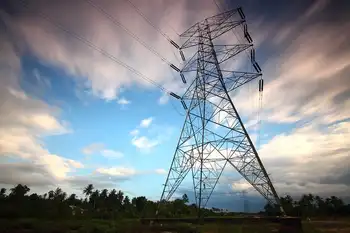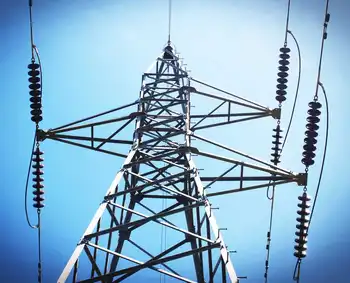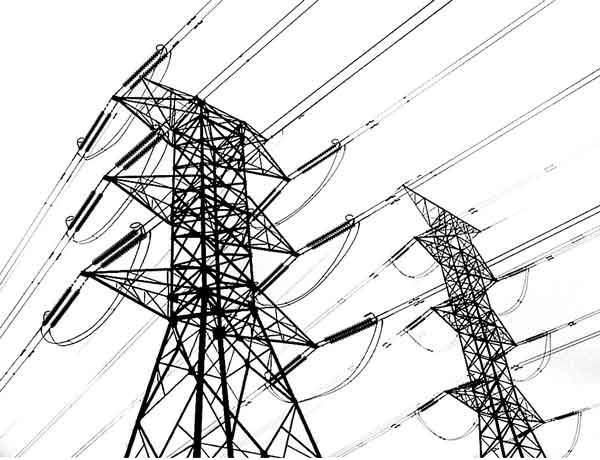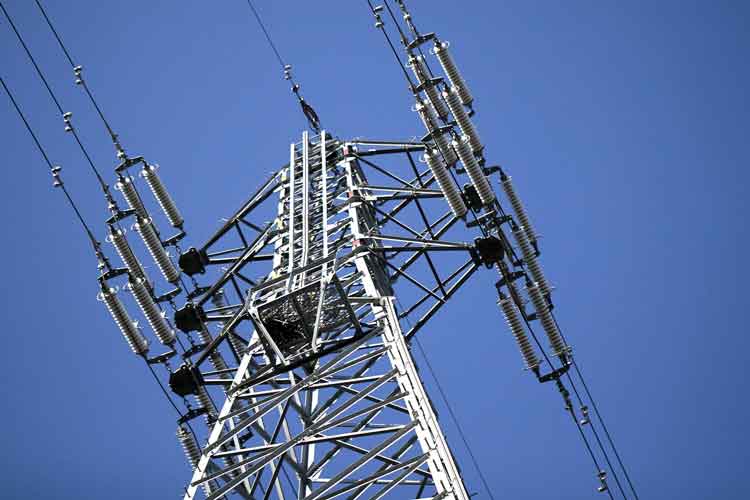Better Place unveils EV software
By New York Times
NFPA 70e Training
Our customized live online or in‑person group training can be delivered to your staff at your location.

- Live Online
- 6 hours Instructor-led
- Group Training Available
At the Frankfurt Motor Show, Better Place, which builds electric-vehicle charging networks, is expected to take the wraps off a software platform that tells drivers when and where to charge their batteries, while giving utilities the ability to manage the impact of tens of thousands of vehicles tapping into the power grid.
The company, based in Palo Alto, Calif., has signed deals to roll out networks of charging spots and battery switching stations in Australia, Denmark, California, Canada, Hawaii and Israel.
Better Place will own the car batteries and drivers will buy “miles” (or kilometers) on a subscription plan much like they purchase mobile phone minutes. That means Better Place must track the location and capacity of thousands of batteries at any given moment to properly bill customers and ensure that fresh batteries and charging posts are available when needed.
“We will show a working demonstration of our software at Frankfurt,” said Julie Mullins, a Better Place spokeswoman. “Renault will be unveiling their first electric-car model that will run on our network and for the first time the whole solution comes together.”
The electric Renault, a five-seat sedan, will sport a lithium-ion battery pack that can be swapped out for a fresh one by robots at Better Place “switch stations.” The car will be first introduced in Denmark and Israel, with a commitment by Renault and Better Place to put 100,000 vehicles on the road in those countries by 2016.
The carÂ’s on-board software system, which Better Place calls AutOS, will run on MicrosoftÂ’s Windows Embedded software on an Intel Atom processor. A video display will tell drivers how far they can drive and the location of the nearest charging post or switch station.
Drivers also can access the information on their mobile phones.
“It’s the heart of the Better Place solution,” said Sidney Goodman, Better Place’s vice president for automotive alliances. “If you need to switch batteries, the system will allocate a battery for you at the station so it’ll be waiting for you. It gives the driver a safety net and make them comfortable about how much energy they have and where they need to go.”
The founder and chief executive of Better Place, Shai Agassi, previously was a top executive at the business software giant SAP, and he recruited a number of his former colleagues, including Mr. Goodman, to the start-up.
The software rollout comes as Better Place faces competition from other electric car networks, including Coulomb Technologies and Ecotality.
Better Place’s success will depend in large part on persuading automakers other than Renault to adopt its software so their cars can plug into the company’s network — particularly those vehicles that won’t use batteries compatible with the switch stations.
“Renault is great, but we all understand that it’s not sufficient to be able to get to the end game – to move the market you need additional manufacturers that will adopt the solution,” said Mr. Goodman, who declined to give details on discussions Better Place has had with other automakers.
Better Place also must bring utilities on board. The company’s “Service and Control Center” manages the entire electric-car network in any given region, monitoring the batteries and driving habits and controlling when cars are charged.
The idea is to prevent spikes in electricity demand, say, when 1,000 people arrive for work and plug in at a companyÂ’s parking lot.
“The system will know that I had a five-minute drive to work and that I’m in the office from 8 to 6, so it will not start charging me until later in the day,” said Mr. Goodman. “But it’ll know Julie drove a half hour to get to work and might have drained her battery, so it’ll charge her faster.”
Mr. Goodman said large-scale testing of the Better Place software system will begin in 2010.











